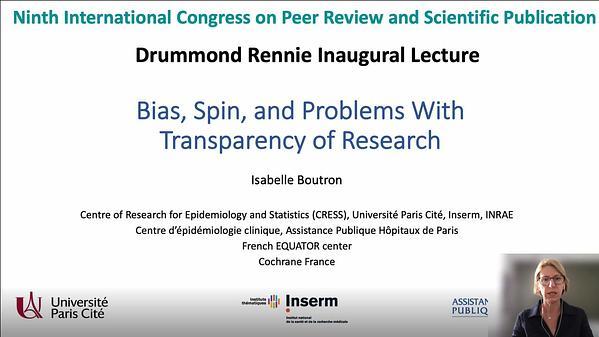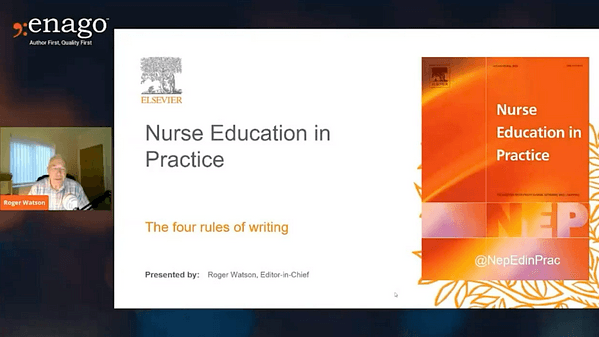Would you like to see your presentation here, made available to a global audience of researchers?
Add your own presentation or have us affordably record your next conference.
Objective It is generally believed that evidence from a weaker body of evidence (eg, poorly designed and executed and potentially biased studies, sparse studies and/or heterogenous results) will generate inaccurate estimates about treatment effects more often than evidence from a stronger body of evidence. As a result, estimates of effects of health interventions initially based on high certainty (quality) of evidence (CoE) are expected to change less frequently than the effects estimated by lower CoE, and the estimates of magnitude of effect size are expected to differ between high and low CoE. Empirical assessment of these foundational principles of evidence-based medicine has been lacking.
Design The Cochrane Database of Systematic Reviews was reviewed from January 2016 through May 2021 for pairs of original and updated reviews for change in CoE assessments based on the Grading of Recommendations Assessment, Development and Evaluation (GRADE) method. The difference in effect sizes between the original and updated reviews were assessed as a function of change in CoE, which was reported as a ratio of odds ratios (RORs). The RORs generated in the studies that changed CoE from very low/low (VL/L) to moderate/high (M/H) vs MH/H to VL/L were compared. Heterogeneity and inconsistency were assessed using the τ and I2 statistic. The change in precision of effect size estimates was assessed by calculating the ratio of standard errors (seR), and the absolute deviation in estimates of treatment effects was assessed with adjusted RORs.
Results Overall, 419 pairs of reviews were included, of which 414 (207 × 2) informed the CoE appraisal and 384 (192 × 2) the assessment of effect size. Certainty of evidence originally appraised as VL/L had 2.1 (95% CI, 1.19-4.12; P = .01) times higher odds to be changed in the future studies than those with M/H CoE. However, the pooled effect size was not different when the CoE changed from VL/L to M/H (ROR, 1.02; 95% CI, 0.74-1.39) compared with M/H CoE changing to VL/L (ROR,1.02; 95% CI, 0.44-2.37). Similarly, the overlap in aROR between the VL/L CoE to M/H vs the M/H to VL/L subgroups was observed (median IQR, 1.12; 95% CI, 1.07-1.57 vs 1.21; 95% CI, 1.12-2.43). There was a large inconsistency across ROR estimates (I2 = 99%). There was larger imprecision in treatment effects when the CoE changed from VL/L to M/H (seR = 1.46) than when it changed from M/H to VL/L (seR = 0.72).
Conclusions This study found that low-quality evidence changed more often than high CoE. However, the effect size was not systematically different between studies with low vs high CoE, indicating the need for improving contemporary critical appraisal methods.
Conflict of Interest Disclosures None reported.


